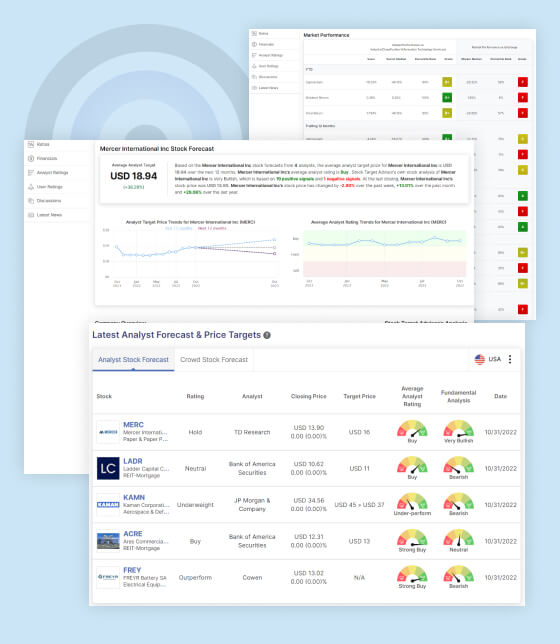Canadian Financial Stress
Recent data from MNP Ltd.’s quarterly consumer debt report reveals alarming trends in Canadian financial stress, highlighting how even though interest rates have been cut, many Canadians are still struggling to manage their debt and meet basic living expenses. The survey, conducted by Ipsos, paints a picture of an increasingly strained population, with half of Canadians being only $200 away from insolvency.
Rising Financial Strain Amid Interest Rate Cuts
Despite the Bank of Canada’s decision to lower its key interest rate from 5% to 3.25% in 2024, Canadians are still feeling the pinch. The reduction in rates is meant to alleviate financial pressures, yet the impact seems to have been muted, with many Canadians continuing to experience significant financial stress. As MNP President Grant Bazian pointed out, “People are still concerned.” This suggests that while lower interest rates may reduce borrowing costs, they are not sufficient to address the core financial challenges many Canadians are facing.
In fact, MNP’s Consumer Debt Index — which tracks Canadians’ perceptions of their ability to manage debt — fell to its second-lowest level since it was first introduced in 2017. The report indicates that Canadians are increasingly pessimistic about their financial outlook, with more than half expecting their debt situation to worsen in the coming year. This points to a growing sense of financial unease, despite efforts by the Bank of Canada to provide relief through interest rate reductions.
Debt Levels and Rising Anxiety
A key finding from the survey is the significant proportion of Canadians struggling to cover basic living and family expenses. Over half of the respondents say they do not think they will be able to pay all their bills without accruing additional debt. The situation is particularly dire for women, who are statistically more likely to be $200 or less away from insolvency compared to men.
This growing reliance on debt is a major concern. According to Bazian, Canada’s debt-to-income ratio is among the highest in the Western world, which indicates that the volume of debt has become unsustainable for a significant portion of the population. As Canadians’ debt levels rise, their ability to manage it weakens, exacerbating financial anxiety.
Job Insecurity and Rising Unemployment
Job anxiety is another factor contributing to Canadians’ financial stress. Two in five respondents expressed concerns about potential job losses within their household, which is the highest level recorded since MNP began tracking this data. This sentiment is compounded by rising unemployment rates, with Canada’s unemployment rate at 6.7% in December 2024, though it experienced a slight dip.
The fear of job loss introduces an additional layer of financial vulnerability. Even with a stable income, the constant threat of losing employment creates a sense of insecurity that can deter consumers from spending or investing in the economy. This job anxiety contributes to Canadians’ pessimistic outlook on their ability to improve their financial situations.
Shrinking Disposable Income and Financial Cushion
While lower interest rates might theoretically boost disposable income, Canadians are reporting a shrinking financial cushion. The survey found that respondents had 16% less disposable income at the end of the month compared to the previous quarter. This shrinking cushion reflects rising living costs, inflationary pressures, and potentially stagnant wages. As a result, many Canadians feel ill-prepared for unexpected financial events, such as an emergency repair or a sudden loss of income.
Even as interest rates decrease, the growing cost of living, coupled with limited income growth, leaves Canadians with less room to save or invest. Many are unable to build a safety net, leaving them vulnerable to economic shocks.
The Disconnect Between Perceptions and Economic Indicators
A key insight from Bazian is that Canadians’ perceptions of their financial situation are shaped by immediate pressures, rather than broader economic indicators. While interest rate cuts and other economic measures may have long-term benefits, Canadians are reacting to their day-to-day financial realities — which include rising debt levels, job insecurity, and declining disposable income. These concerns are not immediately alleviated by the central bank’s policies, creating a disconnect between economic indicators and the lived experience of many Canadians.
Risk of Market Correction or Crash?
The Canadian stock market could face a significant risk of market correction or even a crash due to multiple factors outlined in the MNP Ltd. report. Rising debt levels, job insecurity, declining consumer confidence, and reduced disposable income are all contributing to financial stress among Canadians. These pressures are likely to cause increased market volatility, with a correction (a decline of 10% or more) being a more probable outcome than a full crash. Sectors such as consumer goods, financial institutions, and real estate are particularly vulnerable to these domestic economic challenges.
The situation is further compounded by the potential imposition of tariffs under President Trump’s administration, which could negatively impact Canadian businesses, especially those reliant on exports to the U.S. and Mexico. If 25% tariffs are implemented, trade disruptions could exacerbate the already fragile financial situation, potentially leading to a sharp market decline. Global uncertainties, including the risk of a global recession or worsening trade tensions, could also add further downward pressure to the Canadian stock market, creating a highly volatile environment.
Outlook: The Need for a Broader Solution
The data from MNP Ltd. underscores a growing financial crisis for many Canadians, even as interest rates decrease. While the Bank of Canada’s policy shifts may provide some relief, the underlying issues of high debt, job insecurity, and shrinking disposable income remain substantial challenges. Canadians are facing a financial squeeze that is unlikely to dissipate in the short term, and as Bazian notes, a growing number of people anticipate that their financial situation will worsen in the coming year.
Addressing this problem will require more than just interest rate cuts. Policymakers must focus on strengthening economic resilience, improving income growth, and providing additional support for those burdened by high levels of debt. Additionally, strategies to reduce job insecurity and provide greater financial literacy could help mitigate the stress many Canadians are experiencing.
Until these systemic issues are addressed, the financial stress faced by Canadians will likely continue to rise, posing risks not only for individual households but also for the broader Canadian economy and financial infrastructures.

STA Research (StockTargetAdvisor.com) is a independent Investment Research company that specializes in stock forecasting and analysis with integrated AI, based on our platform stocktargetadvisor.com, EST 2007.









































